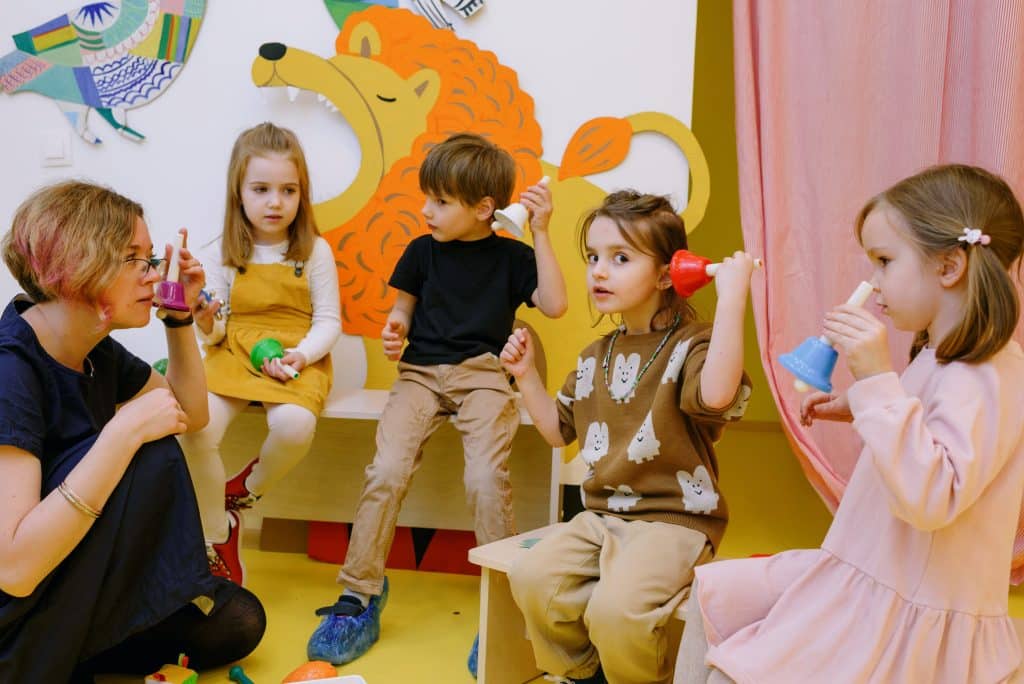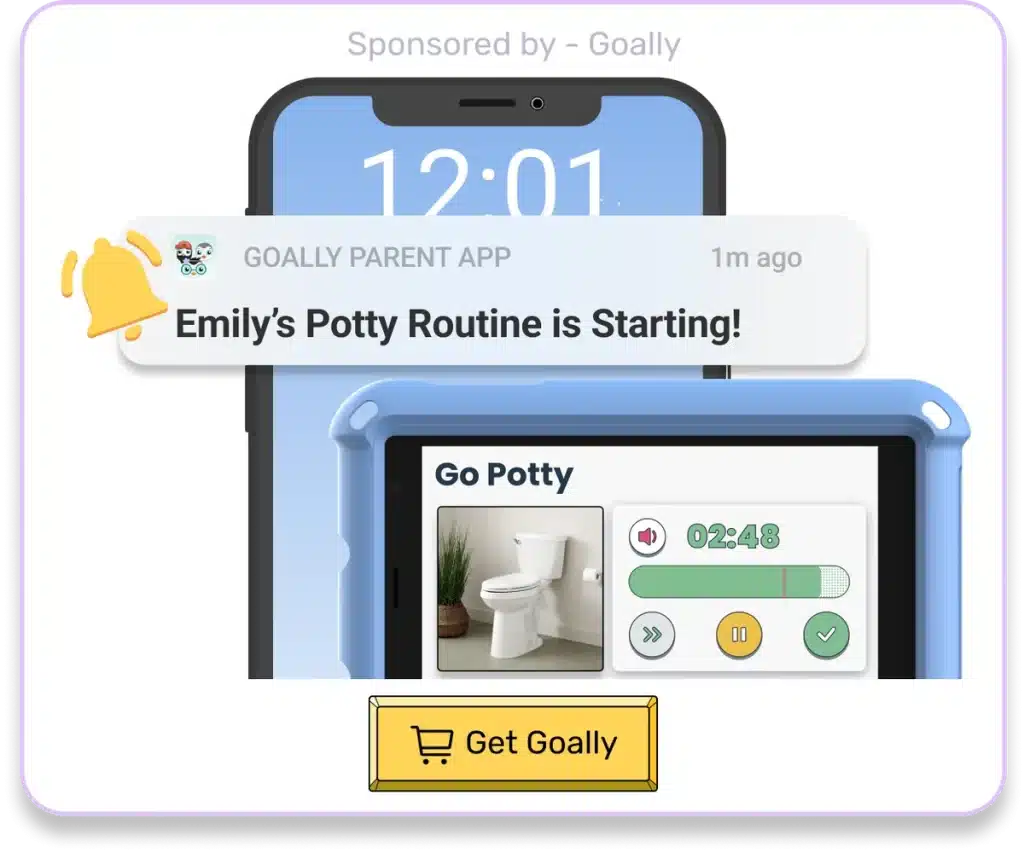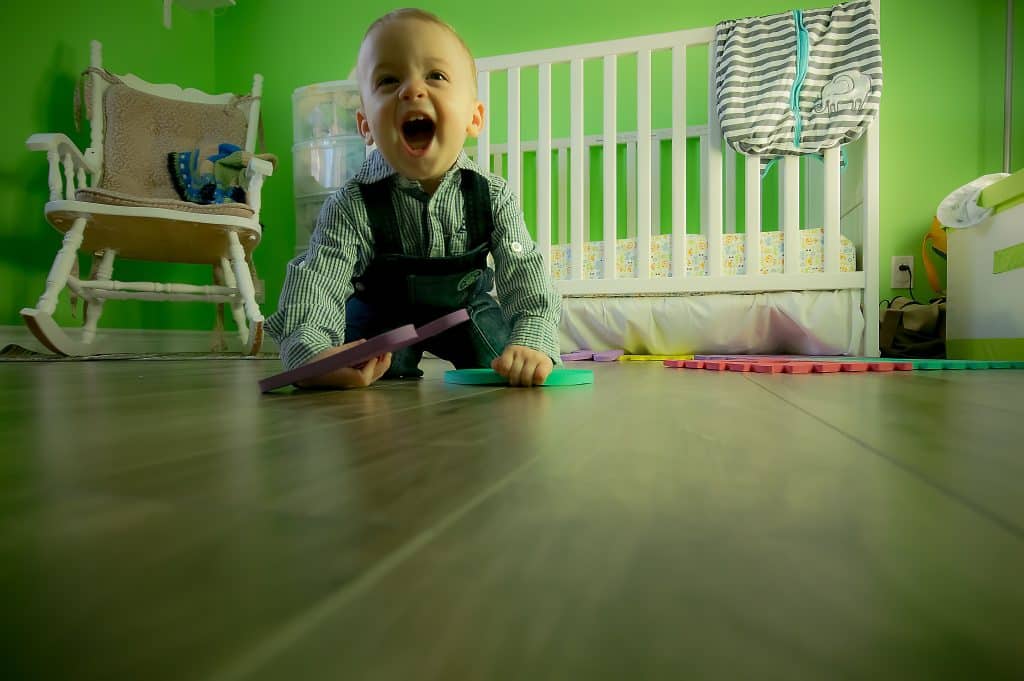Did you know that (according to the CDC) 1 in 54 children have been identified with autism spectrum disorder? It’s a statistic that knocks many people off their feet. The diagnosis can usually be made by the time a child is two or three years old. It might seem like a no-brainer, but it is surprising how often we forget that autism spectrum disorder (ASD) is exactly that: a range of symptoms on a spectrum. We will discuss the levels of autism and how to get your kid diagnosed with autism.
What is Autism?
Autism, also known as Autism Spectrum Disorder (ASD), is a neurodevelopmental condition that affects how a person perceives and interacts with the world around them. It has a wide range of challenges, including difficulties with social interaction, communication, and repetitive behaviors. Autism is a spectrum disorder, meaning it varies in severity and can present differently in each individual. Some people with autism may have exceptional abilities in certain areas, such as music, art, or mathematics. While the exact cause of autism is unknown, it is believed to result from a combination of genetic and environmental factors. Autism is a lifelong condition, but with early intervention, therapy, and support, individuals with autism can lead meaningful and fulfilling lives, contributing their unique strengths and perspectives to society.
Goally | Visual Scheduler for Autism
Does your child struggle with getting ready in the morning independently? Goally’s routine app on the best tablet for kids breaks down large tasks into small, achievable steps for autistic kids. Create custom routines with your own videos & pictures for every step.
What are the Three Different Levels on the Spectrum?
Because of the variety of severity in symptoms, the Diagnostic and Statistical Manual of Mental Disorders (DSM-5) has broken the disorder into 3 severity levels:
- Level 1: Requiring support
- At this level, impairments in social communication are pretty obvious. While speech might be high-quality, someone with a level one severity of autism may engage in conversation that tends to falter. This level is also “high functioning autism.”
- Level 2: Requiring substantial support
- For someone at level two, social impairments are much greater. Simple sentences are the majority of communication. They often also have odd nonverbal communication, and a lot of stress comes from any sort of change. This stress is enough to make day-to-day activities hard.
- Level 3: Requiring very substantial support
- Level three often means that there is almost no initiation of social interactions by the person with autism. Sentences are difficult, if not unintelligible. Social cues go completely over their head, and change can lead to extreme distress that causes day-to-day functioning to skid to a halt.

While these “levels” give us a slightly clearer understanding of the ranges of severity, it is important to remember that they are not a perfect description all the time. Some people with autism can switch between levels as they get older or go through therapy. Finding tools that play to the strengths of people with autism is important for parents and BCBAs.
Read more: Am I Autistic?
There are also strategies like visual schedules and visual timers that can make a positive impact no matter where a child lies on (or even off!) the spectrum. Many BCBAs are using Goally as a way to use all these tools in one device, which is making a big difference.
The Autism Diagnosis Process
Now, you are probably wondering: “but how do I know that these unique symptoms are autism?” To be diagnosed with autism (ASD), the Interagency Autism Coordinating Committee explains that there have to be a couple of certain symptoms across multiple contexts of social interaction and communication.
These contexts include:
- Deficits in social-emotional reciprocity.
- Is it difficult for them to hold a back-and-forth conversation?
- Are their responses to social situations unnatural?
- Have they spoken few or no words by age two?
- Are they using words strangely or in an unnaturally flat voice?
- Are they not responding to their name even though their hearing is fine?
- Deficits in nonverbal communication.
- Is their body language abnormal?
- Is eye contact a challenge?
- Do you see them commonly rocking or flapping as a way to calm themselves?
- Do you notice an abnormal over or under-sensitivity to sensations?
- Deficits in developing and maintaining relationships.
- Are they having a hard time making friends?
- Is imaginative play a stretch when playing with other children difficult?
- Do they tend to line up toys instead of playing with them?
- Do changes to a game overly upset them?

Read more: The Best Autism Toys for Toddlers, Kids & Teens in 2022
Alright parents, diving into the “levels of autism” topic, remember one size doesn’t fit all. While your kiddo might show certain signs, only a certified pediatrician or health specialist can truly guide you. We don’t have a direct scientific test for autism yet, but professionals like child psychiatrists, pediatric neurologists, or those savvy Board Certified Behavior Analysts (BCBAs) are there to help. Each individual with autism has their unique story – and while “Classical Autism” is a term you might come across, understanding the vast spectrum is essential. So, trust the experts and embrace the journey!
Goally | Routines that Actually Work
Goally’s skill building tablet for kids has routines that break down large tasks into small, achievable steps. It helps kids complete their tasks independently!

Create custom routines with your own videos & pictures for every step. The steps come in small, bite-sized pieces to help your child learn the little fundamentals (like putting the toothpaste on their toothbrush!) to achieve bigger goals. And that’s just the beginning. See it in action:
Conclusion
As people, we are all unique, and our differences can (and should!) be a celebration. Within autism, there are three severity levels on the spectrum of ASD: requiring support, requiring substantial support, and requiring very substantial support. No matter where someone with autism falls on the spectrum, taking the time to understand their specific diagnosis and level of function can make a big difference. If you made it through this article, you are already well on your way! 😉
This post was originally published on 05/28/2021. It was updated on 06/15/2023.

Goally
We help parents teach their kids life skills, like doing bedtime and morning independently. Backed by science, we incorporate evidence-based practices and expert-informed designs in all of our apps and content.







